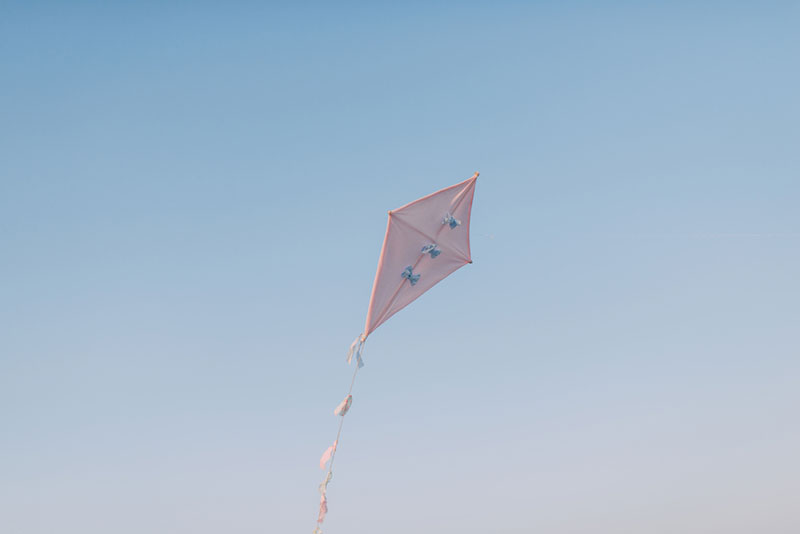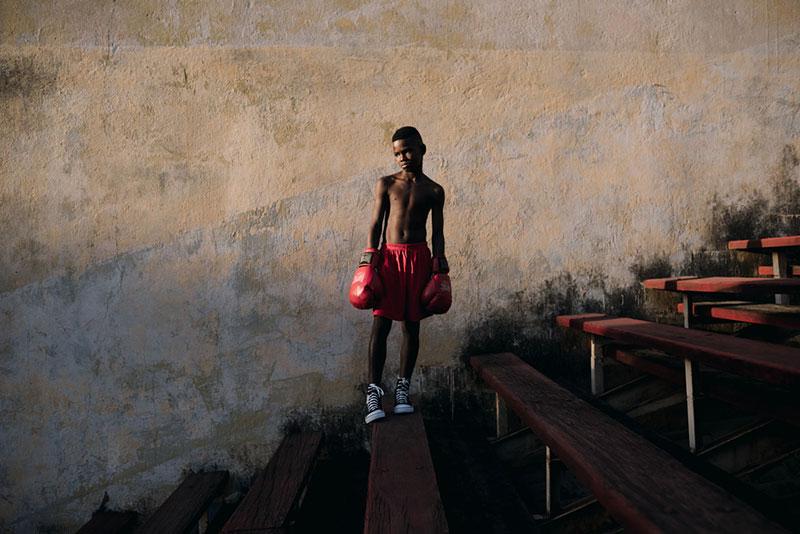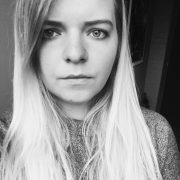Exploring Trends: Deadpan Photography in 2018
Deadpan photography goes back all the way to the 1920s. It’s a very distinct style of photography that has somehow made its way into the 21st century, quietly and persistently influencing you in a way you might not even be aware of! Today we’ll dig a little deeper into what deadpan photography is, talk notable names of photographers that shoot in this style, and show you a collection that is in line with deadpan aesthetics.
Interesting fact about deadpan photography
If you’re familiar with Andreas Gursky, his photograph “Rhein II” is shot in the style of deadpan photography. It just so happens that it’s one of the most expensive photographs in the world. If you’re a little puzzled as to why that is, you might get a clearer picture by the end of this article.
Image credit: NPR
What is deadpan photography?
The best explanation for deadpan photography is an image that entirely lacks emotion. It’s a detached art, where the photographer merely captures something as it is, flat and almost uninteresting at first glance.
Some say that although this is the literal definition of deadpan photography, it is not necessarily true that the images are ‘empty’ or devoid of all emotions as they seem to embody a certain mood of their own.
A more prominent example is the relationship between a photographer and his subject, with deadpan photography, it is non existent. There is evident indifference to what is being photographed, and this simplicity is what makes the photographs so luring.
Another feature of this style of photography is the desaturation of color. The colors are more muted, and don’t demand as much attention. This unique approach makes deadpan photography very distinct.
Brief history of deadpan photography
Author of “Deadpan and Dead Pan”, Allie Pisarro-Grant, mentions that the origins of the word “deadpan” can be traced as far back as 1927 when a publication of Vanity Fair Magazine combined the words “dead” and “pan” and used it as a noun referencing to a slang word for “face”. The following year, New York Times used it as an adjective to describe the works of Buster Keaton.
It’s hard to trace when deadpan photography became a widespread understanding of this particular style of photography, but it was used deliberately to describe the works of photographers such as Thomas Ruff, Alec Soth and Edward Ruscha throughout their careers.

Image credit: Bernd and Hilla Bercher, Wikipedia Commons
There is also a theory that this style of photography originated in Germany, from the notion of New Objectivity, or Neue Sachlichkeit. It is a German art movement from the 20s that influenced a famous photographer, August Sander. A few decades followed, and in 1970, Bernd and Hilla Becher, devoted artists of this movement, started influencing the younger generation of German artists at the Dusseldorf School of Photography.
Young artists that were influenced included Andreas Gursky, Thomas Struth, Candida Hofer and Thomas Ruff. Bernd and Hilla Bercher are better known for their images of industrial landscapes such as water towers, and coal bunkers. The style of their works translated a very detached relationship, as they were documenting landscapes that would soon disappear.
The ideas and the so called movement transitioned well into the 70s and 80s, up until the present day. Deadpan photography has been of interest to many contemporary artists and photographers, subtly dominating the styles of young artists.
How to shoot deadpan
Given the definition of deadpan photography, you’re right to assume it’s relatively easy to achieve. The hard part is deciding when to shoot deadpan. If you’re interested in creating your own collection in this style, most of the time the subject is in the middle of the frame (faux pas in modern photography), and you shoot the subject straight on. No angels, no clever compositions, no dramatic lighting – just your subject or object. The image should end up just as if you walked up to it in real life and took a quick shot.
Why we’re still talking about deadpan in 2018
In our 2018 visual trends, we drew the example of Dominos prioritizing shots that most literally “show things as they are”. Brands and companies are perhaps more interested in an honest approach, and UGC is no exception. This thought of showing something without embellishment is the essence of deadpan photography and we’re seeing it implemented all around us.
There is merit in a deadpan photograph, don’t mistake it as being distasteful. It is, in fact, just a simplified approach to showing something the way you would see in real life. Fashion is another industry that has picked up this trend, which you will notice in photographs where models show no emotion and aren’t posed. The big advantage to deadpan photography is that it’s simply honest, paving room for a non-biased relationship between the subject matter and the viewer.
3 deadpan photographers you should know



Collection of photographs with deadpan aesthetics
Deadpan photography is very particular, and as you can tell, promotes a different kind of aesthetic. We encourage you to experiment, and look at the world through a different lens, in a very un-biased and slightly detached way. It’s an interesting style to include in your portfolio to show a more honest interpretation of the everyday life and things we just so happen to miss when we’re too focused on the perfect shot.














